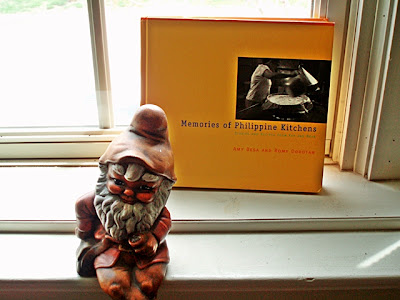 |
| Photo Credit |
Farmer's Markets
Haymarket Farmer's Market - Runs May 7th through Oct. 15th.
Located on 7th & P streets,
Time: 8-12 p.m. n oSaturdays.
This is the biggest one in Lincoln with roughly 120 vendors on any given Saturday.
Website: http://lincolnhaymarket.org/events/farmers-market/
Centennial Mall Garden Market - Runs July 6th through Aug. 31st.
Located on L street between 14th and 16th streets.
Time: 12-4 p.m. on Wednesdays
Old Cheney Road Farmer's Market - Now until Oct. 30th.
Located at 5500 Old Cheney Road
Time: 10-2 p.m. on Sundays
Website: http://www.oldcheneyroadfarmersmarket.com/
Jazz in June Market - June 7, 14, 21, 28
Located at 12th and T streets
Time: 5-7 p.m. Tuesdays
Offers live music, food, vendors, and local artisans.
Website: http://jazzinjune.com/
Fallbrook Farmer's Market - Begins June 16th
Located at NW 6th St. and Fallbrook Blvd.
Time: 3:30-7:30 p.m. Thursdays
UPCO Community Market - Runs June 15th through Sept. 21st.
Located at 48th and Madison streets
Time: 3-6 p.m. on Wednesdays
Farmer's Market at the FARM - Runs May 21st through Oct. 29th.
Located at 11855 Yankee Hill Road
Time: 9-Noon on Saturdays
St. Paul UCC Farmer's Market - Runs June 7th through Oct. 11th.
Located at St. Paul United Church of Christ - 1302 F St.
Times: 4:30-7:30 p.m. on Tuesdays
Piedmont Farmer's Market - Runs May 14th to mid-September
Located on 1265 S. Cotner Blvd.
Time: 8-noon on Saturdays
Farms/Orchards
Page's Produce
Growing fruits, vegetables, and flowers at 2455 County Road A, Valparaiso. They have a roadside store and also attend the Old Cheney Farmer's Market. They concentrate on sweet corn, tomatoes, apples and peaches.
Martin's Hillside Orchard
A U-pick orchard in Ceresco with raspberries, apples, cider, & pumpkins. Tours and butterfly garden.
Website: http://www.hillside-orchard.com/
Darby Springs Farm - Ceresco
Sells free-range eggs, heritage chicken, milk, butter, and more.
Branched Oak Farm - Raymond
Produces milk for a variety of cheeses (Quark, Camembert, Gouda, Mozzeralla, Cheese Curd, Seasonal selections.
Hours: Store is open 11-6 p.m. Tuesdays and Saturdays
Website: http://www.branchedoakfarm.com/
Common Good Farm - Raymond
Located: 1702 NW 40th St., north of Raymond
They offer 45 kinds of produce, herbs, & meats. They offer a CSA program as well as offer their products at an on-site store.
Website: http://www.commongoodfarm.com/
Sunwest Farms
Located: 4851 N. 84th St.
Phone: 402-466-7022
Website: http://www.sunwestfarms.blogspot.com/
Chrisholm Family Farm - Elmwood
Offers products on sale at the farm.
Open daily, 7 a.m - 7 p.m.
Website: http://www.chisholmfamilyfarm.com/
ShadowBrook Farm
Located: 2201 W. Denton Road
Market-style CSA.
Website: http://www.shadowbrk.com/
West Blue Farm - Milford
Offers chicken, lamb, and beef products without antibiotics nor growth hormones.
Website: http://www.westbluefarm.com

















